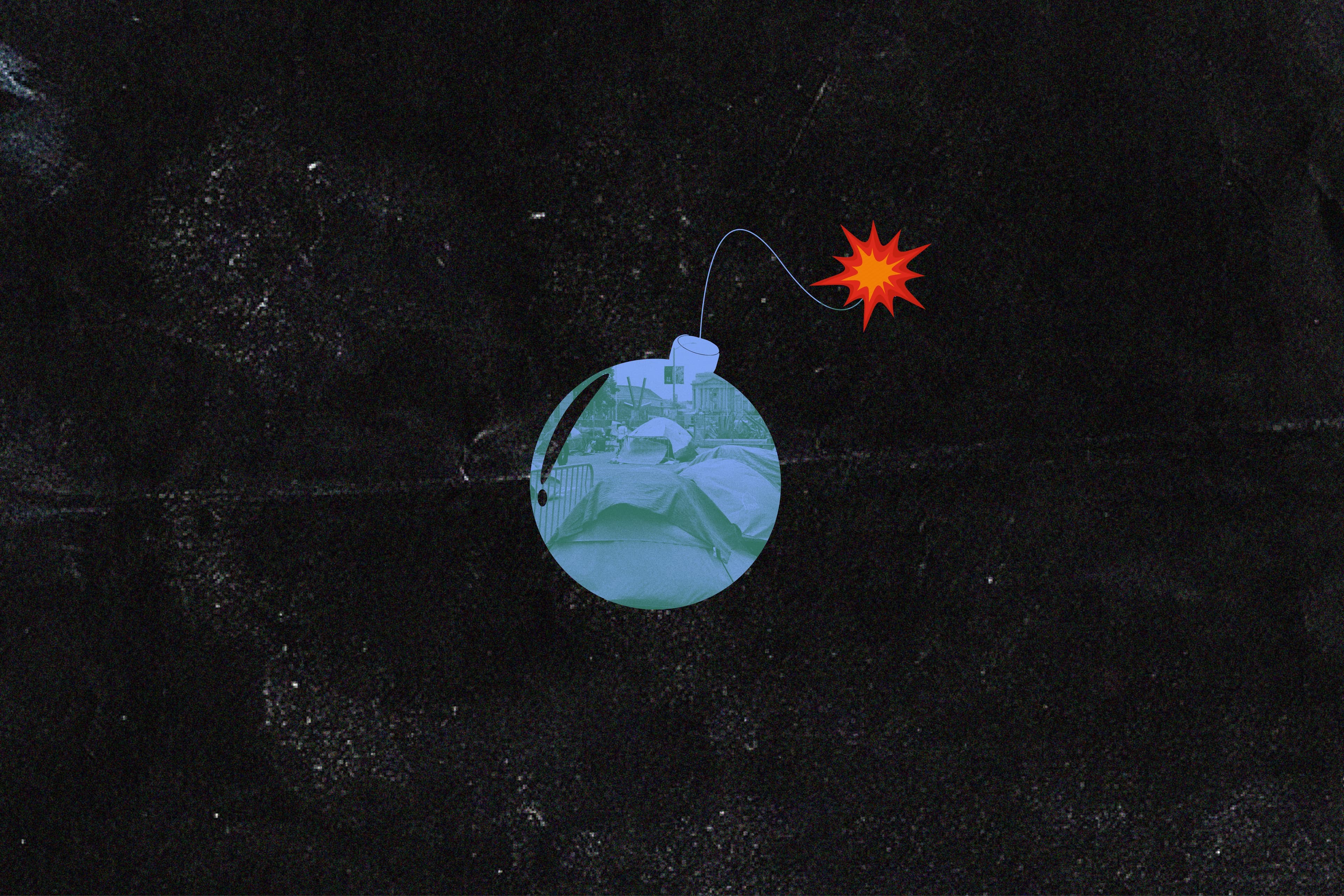
LA Rent Caps Will Backfire (on Renters)Dec 4
city council votes to cap rent increases below inflation, crushing long-term cashflow for landlords with below market rents and knee-capping new development
Aug 17, 2023

Editor's Note: The hardest thing you’ll ever have to comprehend in terms of San Francisco’s government is the city’s leaders aren’t incompetent. This is what they want.
At any given moment, on any given day, there are around 8,000 people sleeping on the streets of the city — one of the wealthiest, per capita, in human history. Once acquainted with the basic facts of the crisis, including the incredible sum of money dedicated to solving the problem, the average San Franciscan concludes the city must be run by morons. How else, with billions of dollars, have city leaders failed to provide a few thousand temporary beds? Even with supportive services, the numbers don’t add up. This is because the average person assumes the small cabal of activists who run the city’s bloated homeless industrial complex want to temporarily shelter and rehabilitate the homeless. They do not. In fact, they are ideologically opposed to the concept. The goal of San Francisco’s activist government is to provide every person who moves to the city with a free, one-bedroom apartment for the rest of their life. City funds are largely allocated to this end. Once placed, this “permanent” solution costs money every year, and every year more people move to the city looking for free housing. The problem compounds.
While the project was never sustainable, the city’s sheep-like wealthy tax base has recently fled for the suburbs. Now, billions of dollars and a decade later, with more people living on the streets than ever, the government faces an impending $724M deficit, with around ten thousand more people reliant on funds, for “free” housing, that could easily cease to exist. This is a ticking time bomb.